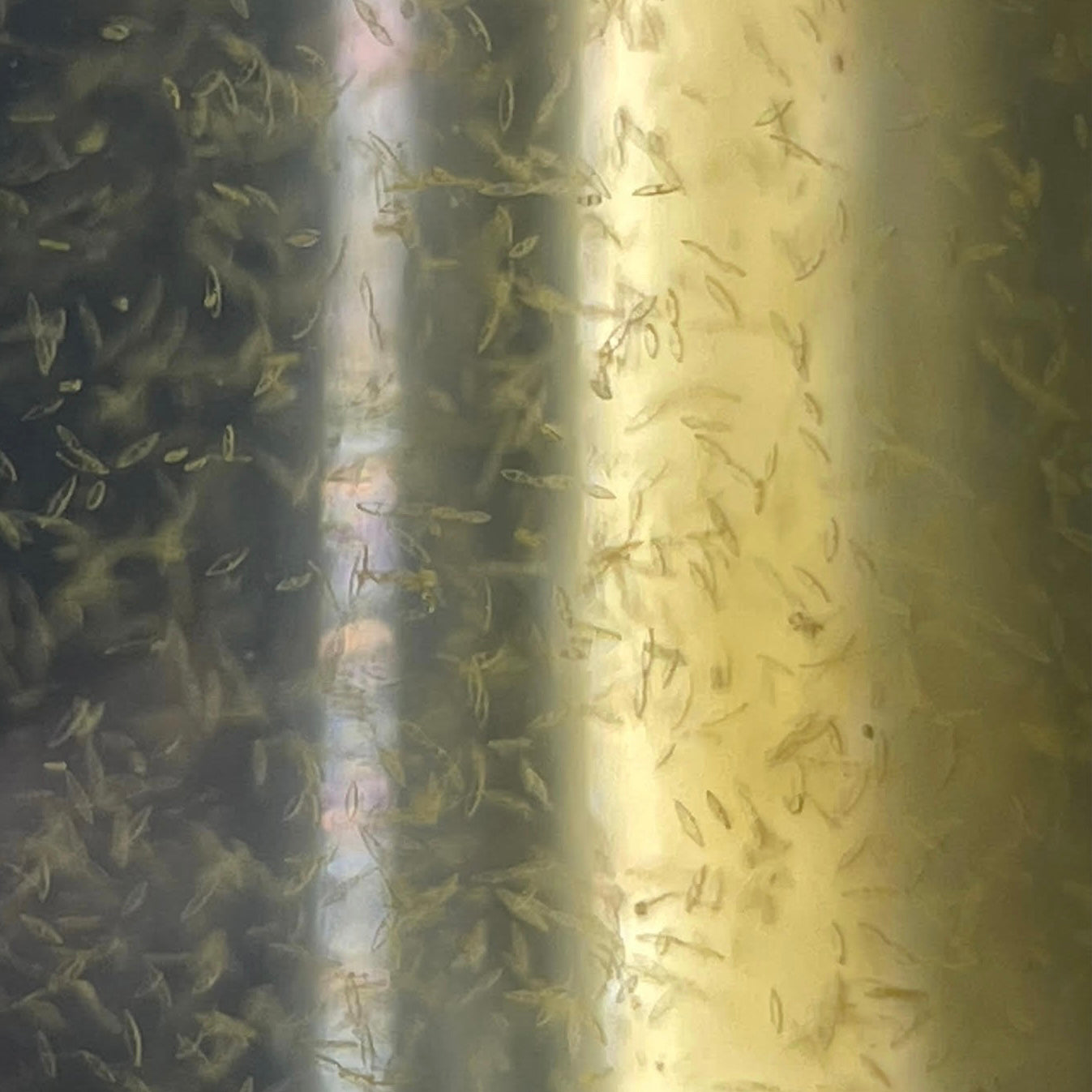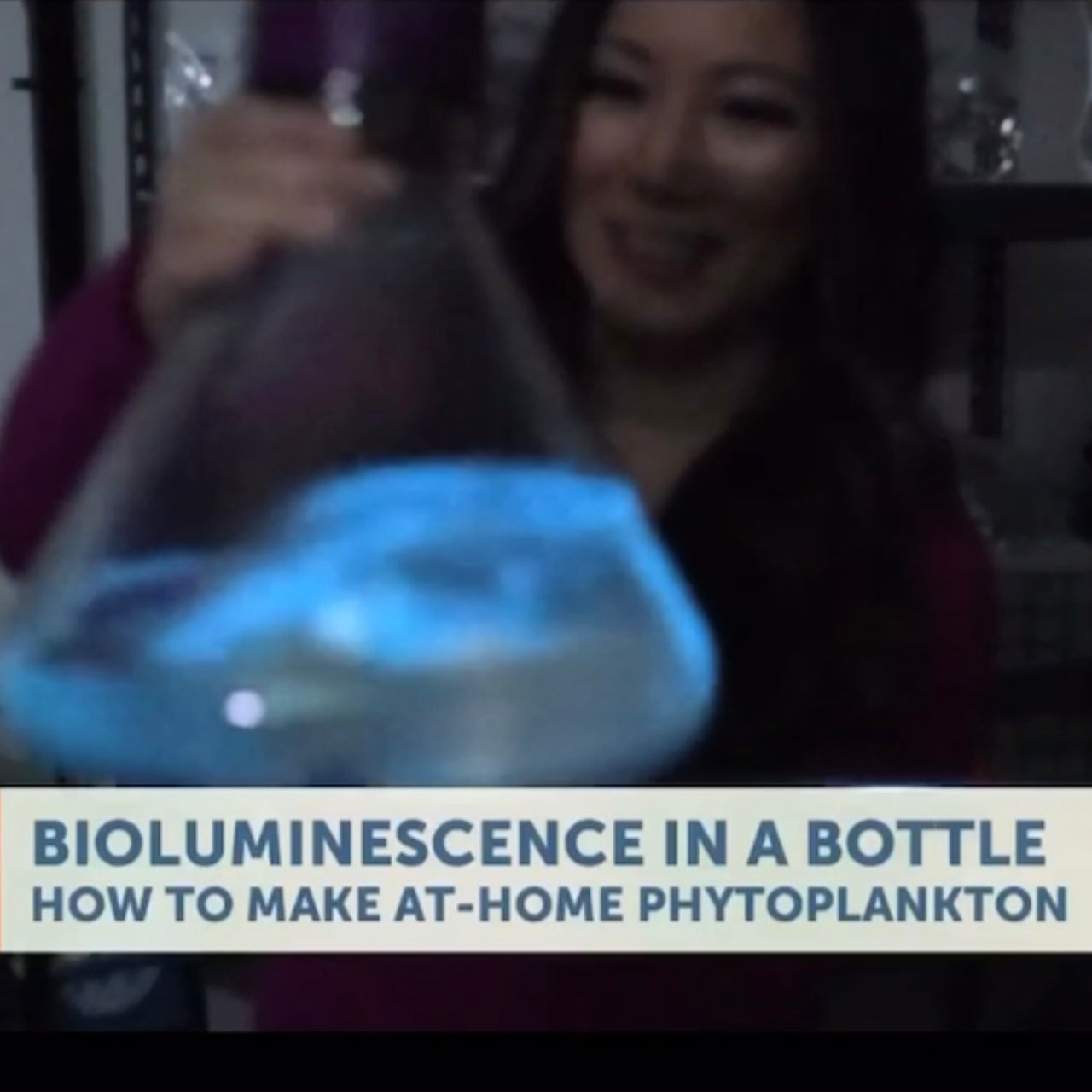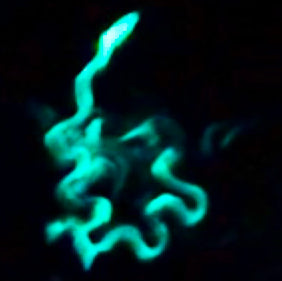PyroFarms' Carbon Sequestration

Carbon sequestration is the process of capturing and storing atmospheric carbon dioxide. It is one method of reducing the amount of carbon dioxide in the atmosphere to limit the effect of climate change. The USGS assesses two major types of carbon sequestration: geologic and biologic. What we will discuss today is biologic carbon sequestration.
Planting a tree is an ambitious and tangible way to fight climate change. However, tree planting may have some fundamental drawbacks.
1) Seedlings (young trees) do not remove much carbon and take years to mature.
2) Young trees require years of care and protection before they become established.
3) Not all trees planted survive to become carbon sinks.
4) Destroying grasslands and wetlands to plant trees is not environmentally sound.
5) Tree acre biomass does not even come close to algae acre biomass when it comes to carbon sequestration. [1]
Reestablishing and protecting destroyed forests is a good pursuit. However, if carbon sequestration and oxygen production is the goal, there is a more effective way to achieve this goal.
PyroFarms grows microalgae (Pyrocystis fusiformis) that are found in oceans all over the world. We cultivate our PyroDino algae, which remove CO2 from the atmosphere and produce oxygen. [2] Since we grow our algae at scale (large volumes), PyroFarms' carbon offset is somewhat significant. While several companies are trying to become carbon neutral, PyroFarms is a carbon-negative company.
Algae farming is not only the best method for natural carbon sequestration but can also provide a nutritious and calorie-rich food source for animals and humans. [3]
PyroFarms has been growing PyroDino algae for several years. Our culture volume changes weekly, month to month and year to year. A conservative estimate of our average daily carry volume in 2022 is roughly 250 liters/day. According to the included references [1], our algae would remove 13.13 pounds of carbon from the atmosphere daily, 91 pounds a week and 4,780 pounds a year.
But we are not just disposing of our PyroDinos; we sell them to people who grow and expand them in their homes, classroom and office. In addition, we are spreading our PyroDino algae to the world, where it can help sequester more and more carbon every day. Here is a graph that estimates and projects the carbon sequestration impact of our business.

Based on these calculations, a Large Bio-Orb (0.5 liters) could remove 3oz of carbon a week and up to 10 pounds per year. Much, much more than a young tree.
The Large Bio-Orb

[1] "One acre of algae can remove up to 2.7 tons per day of CO₂. Certain microalgae species have also been shown to efficiently remove CO₂ in environments at a rate of 10–50 times higher than terrestrial plants."
https://parametric.press/issue-02/algae/
"Tiny Algae and the Political Theater of Planting One Trillion Trees"
[2] http://bioweb.uwlax.edu/bio203/f2013/eigner_rach/
[3] https://researchonline.jcu.edu.au/27229/



Comments